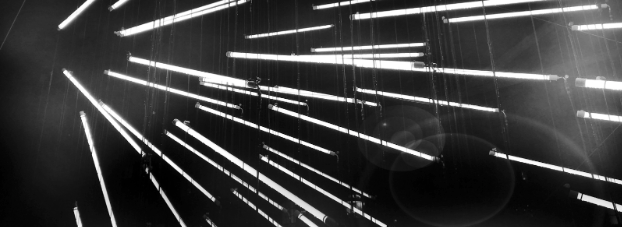
Culture and electricity, two seemingly distinct worlds, sometimes come together in surprising ways. The monumental work of art installed on the EDF building is a striking example, where energy is transformed into a vector of cultural expression.
When art meets the electricity industry, sparks can fly. The art installation on the façade of the EDF building is one such initiative that blends technology, energy and culture, offering a visual dialogue between infrastructure and artistic expression.
Art at the service of energy
An incongruous encounter? The façade of the EDF building hosts a surprising installation that combines art and energy. The creator of the artistic installation is the American artist Ned Kahn, known for his works that merge natural forces and architecture. His work, entitled “Wind Veil”, is a kinetic installation that captures the movements of the wind to generate changing patterns, symbolizing energy in motion.
The work, designed to dialogue with the urban environment, transforms a simple industrial building into a medium for artistic expression. The artist’s goal? To question and provoke reflection on the relationship between energy and everyday life, inviting the public to see electricity not only as an invisible service, but as an integral part of our visual culture.
Art and electricity: what works internationally?
Other creations around the world explore the fusion between art and electricity.
Among the most iconic works is “The Weather Project” by artist Olafur Eliasson. Installed at the Tate Modern in London in 2003, the work simulates an artificial sun using hundreds of single-frequency lamps, bathing the space in golden light. It invites viewers to rethink solar energy while using electricity to mimic the natural phenomenon.
As for Conrad Shawcross, he offers a unique reinterpretation of this astonishing encounter with “Circuit”, an interactive sculpture composed of robotic arms that react to electricity in real time. Exhibited at the Palais de Tokyo in Paris, this work embodies electrical energy in a dynamic form. Thus, the movements of the mechanical arms are directly influenced by electrical impulses.
Finally, Rafael Lozano-Hemmer’s “Antennae” is an interactive work that uses radio waves and electricity to capture the frequencies emitted by visitors’ electronic devices. Exhibited at Art Basel in Miami, it transforms these invisible waves into light patterns that change in real time, representing the constant flow of electricity.
Autrice : Jade Nguyen | Rédactrice experte des sujets liés à l’énergie
Source : https://www.fournisseur-energie.com/comprendre/electricite/




